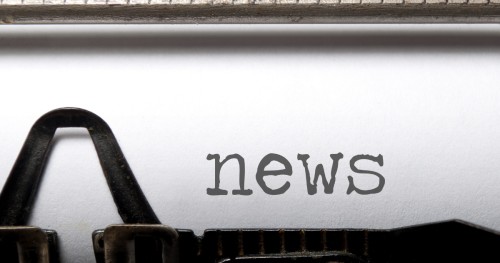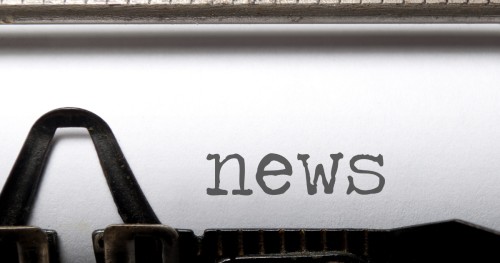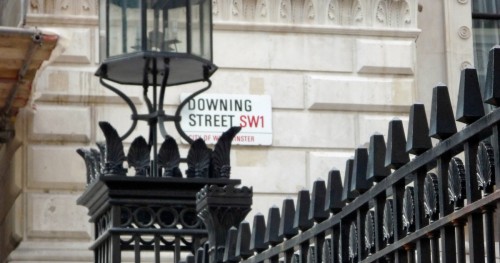
Freelancers’ guide to Payment on Account
Freelancers sometimes have their Self Assessment tax bill split into two payments: one in January, the other in July. It’s known as Payment on Account. Here our partner TaxScouts gives freelance workers a guide to Payment on Account.
What is Payment on Account?
Payment on Account is a method of paying your tax bill. It’s used mostly by the self-employed but occasionally can apply to landlords. It can help you spread the cost of your bill - but can also lead to unexpected payments if you don’t know how it works.
When you pay through Payment on Account, your bill is split into two instalments:
- The first payment is due by 31st January (the normal tax return deadline)
- The second payment is due 31st July ,
Who is Payment on Account for?
Payment on Account is generally only used by self-employed workers - and only if your self-employed tax bill is more than £1,000 and at least 80% or more of your overall tax liability doesn’t get taxed through PAYE., To enrol, you don’t have to do anything. HMRC will automatically split your bill into two if you’re eligible for Payment on Account. It’s not an optional service.
How is Payment on Account calculated?
The payment amount is calculated based on your tax bill from the previous tax year. However, if this is your first year of freelancing and you haven’t submitted a Self Assessment before, you’ll be asked to pay 150% of your tax liability - 100% for the 2020/21 tax year, and 50% towards your bill for 2021/22.
Here’s how it works:
By 31st January 2022 you will be expected to pay:
- Tax on your 2020/21 earnings
- 50% of your tax on 2021/22 earnings up front (estimated based on your 2020/21 earnings) ,
By 31st July 2022 you will be expected to pay:
- The other 50% of your tax on 2021/22 earnings (estimated based on your 2020/21 earnings) ,
By 31st January 2023 you will be expected to pay:
- A balancing payment to account for any over or under payments, which is assessed by HMRC ,
Why is my first Payment on Account so high?
As we explained above, you pay 150% of your tax bill in the first year you start freelancing.
Take a look at this example of how it works in practice:
- Your tax bill for the 2020/21 tax year is £5,000
- You pay £5,000 in full by 31st January 2022
- You will need to pay an extra 50% of this amount (£2,500) at the same time towards your bill for 2021/22
- Your total tax payment will be £7,500 ,
What if my income for the next tax year is different?
Of course, the income of most freelancers varies from year to year. So when your income fluctuates and you file your tax return, HMRC will balance your account based on your actual figures. This can either mean a refund or an extra payment. You can also ask HMRC to reduce your payment using an SA303 form.



Comment
Log in or create your account to react to the article.